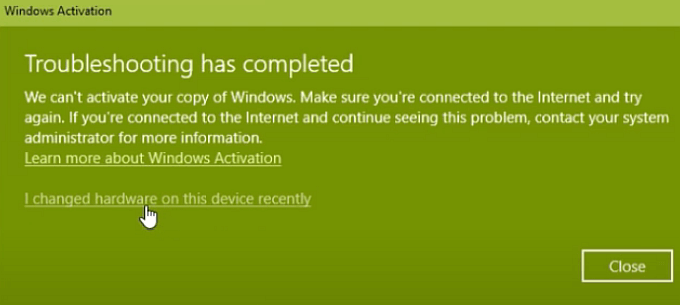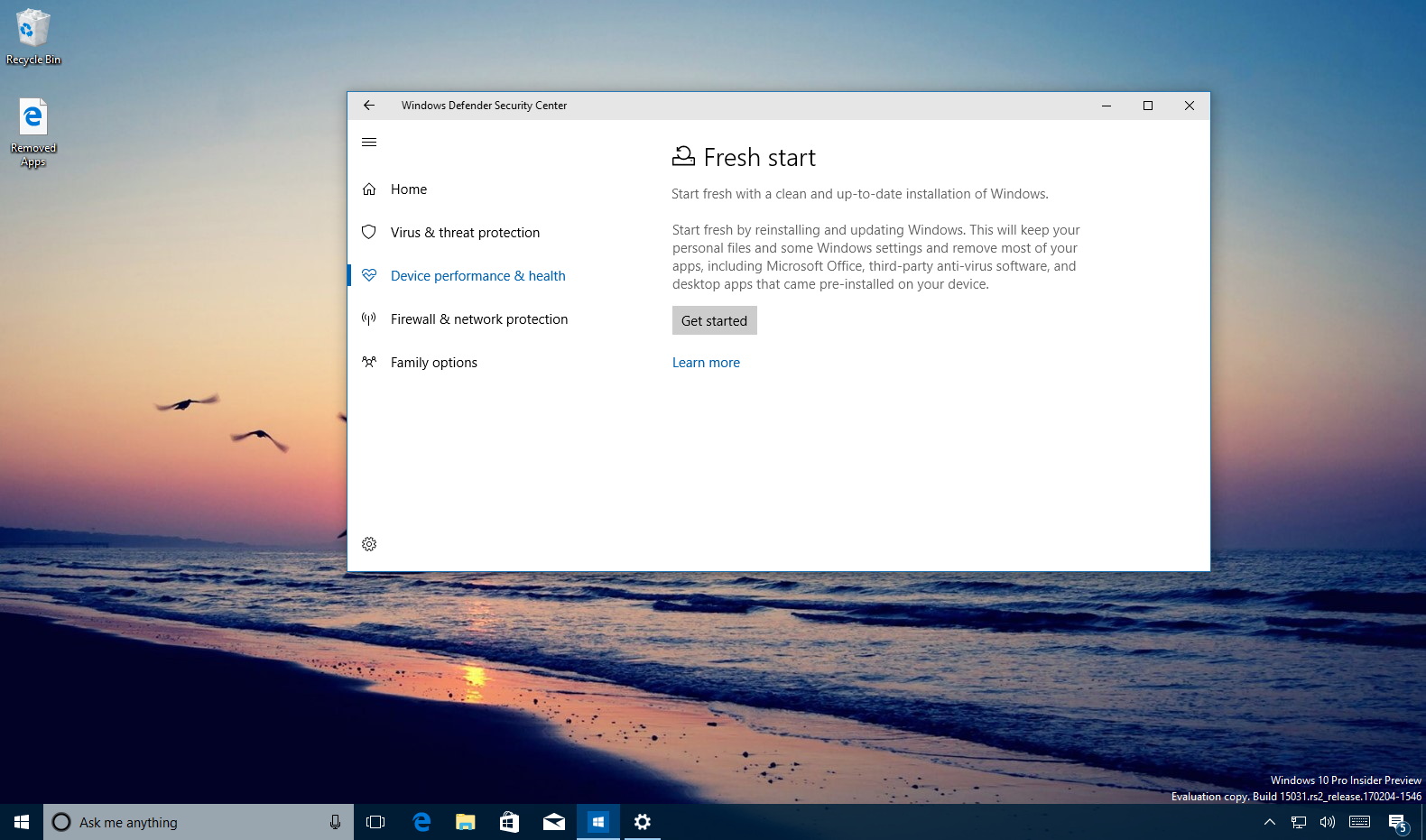
The good news is that system builders can run the Windows 10 Update Troubleshooter to un-assign the product key from the previous PC configuration and reassign it to the new build. But a major overhaul to multiple components could make the PC unrecognizable. However, replacing a single component-such as swapping out memory sticks or upgrading a discrete GPU-typically doesn’t lock customers out of Windows 10. Unfortunately, Microsoft doesn’t fully explain its “significant hardware change” term. The difference here is that reactivation is less problematic given a product key isn’t embedded in the motherboard. Like OEM-based installs, these keys are tied to Microsoft accounts. They’re either printed, emailed, or stored in an online account.Ĭustomers type these keys into a requested prompt during the Windows 10 setup process. System builders purchase Windows 10 “product keys” directly from retailers, including Amazon, Microsoft, Newegg, and more. However, Windows 10 for OEMs typically cannot be moved to other PCs. The embedded key is lost, requiring a call to Microsoft to verify the hardware change.Ī call to the OEM may be helpful, too, if you originally registered the product and explain the problem. That said, reactivation can be problematic if you manually replace the motherboard in a pre-built PC. The company originally dubbed this one-key-per-device method “digital entitlement” but began using the term “digital license” with Windows 10 Anniversary Update. Microsoft simply doesn’t want customers installing Windows on multiple computers using a single key. The move to onboard keys stems from piracy. If you need to reinstall the operating system for any reason, Windows 10 will retrieve that key during activation. Since the days of Windows 8, manufacturers have stored keys in the BIOS or ACPI table (via UEFI) located on the motherboard. For a long time, these OEMs printed product keys on labels stuck to the PC’s chassis.

The big reactivation roadblock likely stems from laptops and desktops pre-built by Acer, Dell, HP, Samsung, and so on. “If you make significant hardware changes on your device, such as replacing your motherboard, Windows will no longer find a license that matches your device, and you’ll need to reactivate Windows to get it up and running.”ĭocuments retrieved by Paul Thurrott, however, state that hard drive replacement does not fall under Microsoft’s “substantial change” label.

Instead, the company provides this statement on its website: That’s an area even Microsoft won’t fully explain.

Did your PC suffer a catastrophic failure requiring new hardware? Have you upgraded to better components and Windows 10 just doesn’t recognize your PC? This guide shows you how to reactivate Windows 10 after a hardware change.


 0 kommentar(er)
0 kommentar(er)
